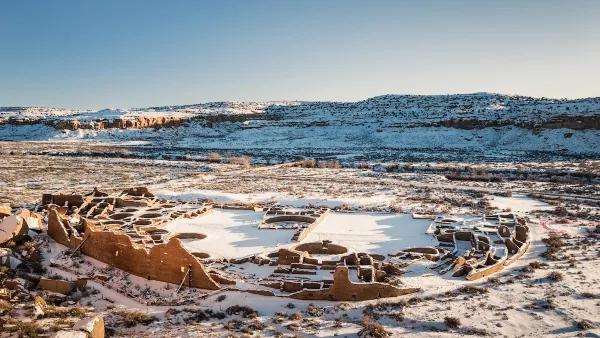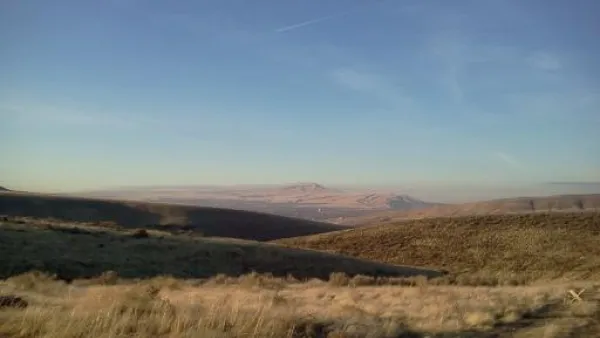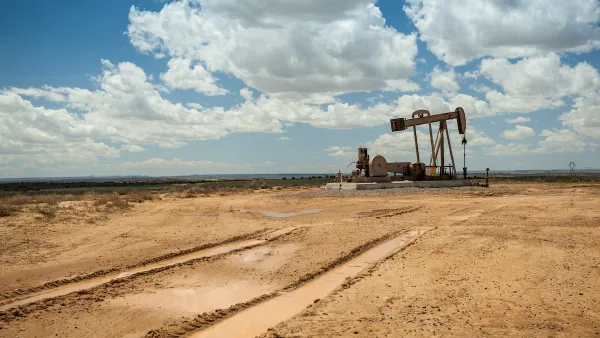The decision signals a new policy that respects tribal sovereignty and requires collaboration with local tribes.

The Federal Energy Regulatory Commission rejected seven hydropower energy storage projects proposed on Navajo Nation land, signaling a shift in policy at the agency that takes into account opposition by local tribes.
As Jonathan P. Thompson explains in The Land Desk, “The projects would have been located on Black Mesa, a significant landform on Navajo and Hopi land that was torn apart by intensive surface coal mining for over a half century.” The projects, which would require the construction of two new dams, would use water from a local aquifer already strained by mining and growing populations.
“The prospect of such impacts drew opposition from Tó Nizhóní Ání, Diné CARE, Grand Canyon Trust, and other land and water protectors. The Navajo Nation joined them, telling regulators the projects could impact its water rights, natural resources, endangered species, and cultural resources.”
Acknowledging tribal sovereignty, FERC’s new policy states, “the Commission will not issue preliminary permits for projects proposing to use Tribal lands if the Tribe on whose lands the project is to be located opposes the permit.”
FULL STORY: Feds reject energy projects on Navajo Nation

National Parks Layoffs Will Cause Communities to Lose Billions
Thousands of essential park workers were laid off this week, just before the busy spring break season.

Retro-silient?: America’s First “Eco-burb,” The Woodlands Turns 50
A master-planned community north of Houston offers lessons on green infrastructure and resilient design, but falls short of its founder’s lofty affordability and walkability goals.

Delivering for America Plan Will Downgrade Mail Service in at Least 49.5 Percent of Zip Codes
Republican and Democrat lawmakers criticize the plan for its disproportionate negative impact on rural communities.

Test News Post 1
This is a summary

Test News Headline 46
Test for the image on the front page.

Balancing Bombs and Butterflies: How the National Guard Protects a Rare Species
The National Guard at Fort Indiantown Gap uses GIS technology and land management strategies to balance military training with conservation efforts, ensuring the survival of the rare eastern regal fritillary butterfly.
Urban Design for Planners 1: Software Tools
This six-course series explores essential urban design concepts using open source software and equips planners with the tools they need to participate fully in the urban design process.
Planning for Universal Design
Learn the tools for implementing Universal Design in planning regulations.
EMC Planning Group, Inc.
Planetizen
Planetizen
Mpact (formerly Rail~Volution)
Great Falls Development Authority, Inc.
HUDs Office of Policy Development and Research
NYU Wagner Graduate School of Public Service





























